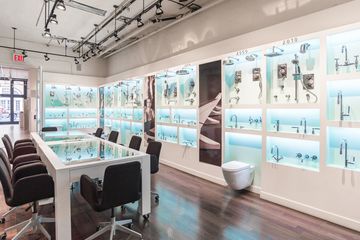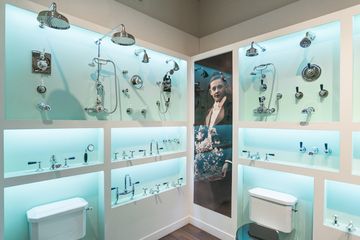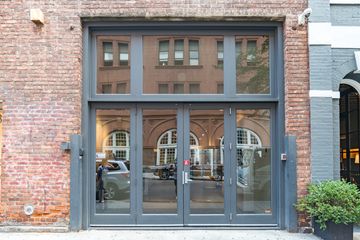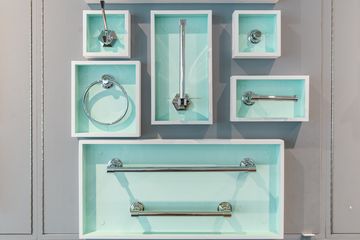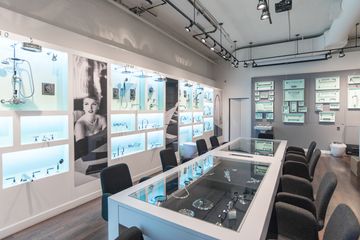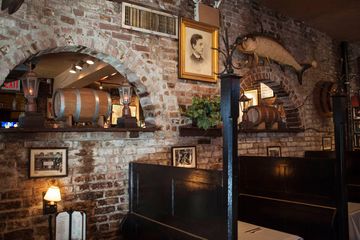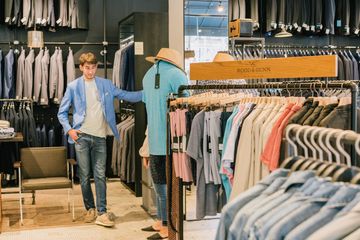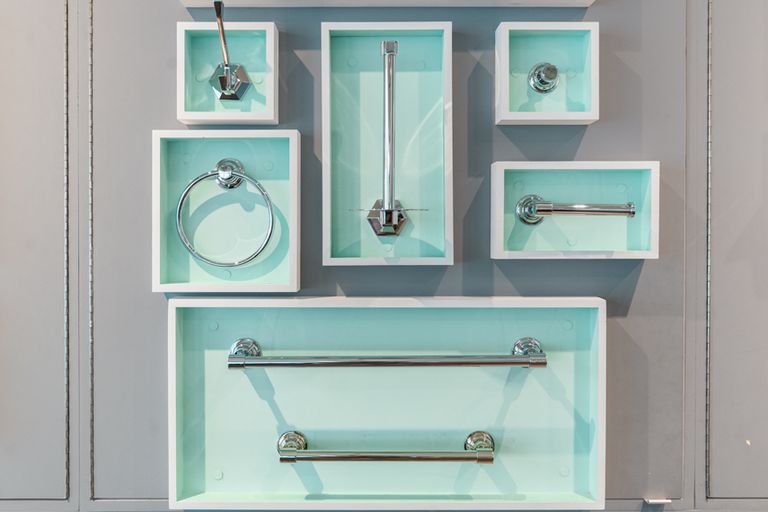
It is safe to say that many people have found their dream bathroom at Lefroy Brooks. The brand's upscale bathroom settings offer historically referenced products based on specific decades, including 1930s art deco, 1940s mid-century modern, and 2000s minimalist design. The company is constantly refining its design vocabulary to ensure that it can accommodate anyone’s taste.
Lefroy Brooks first began in the United Kingdom in 1985. It was not until 2014 that their US flagship store opened on 18th Street. While taking a tour of the immaculately organized showroom, members of the Manhattan Sideways team were impressed by the range of products offered. Virginia, the marketing manager, classified the brand's bathroom settings into three categories: traditional, contemporary, and transitional (a fusion of the two). Lefroy Brooks uses these three descriptors to help customers find what they are looking for. As Virginia said, “Depending on one’s design intent, be it contemporary or traditional, we have a style that fits everyone’s needs. You could do something rustic, French country style, or sleek contemporary.”
